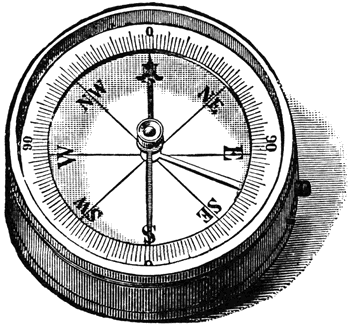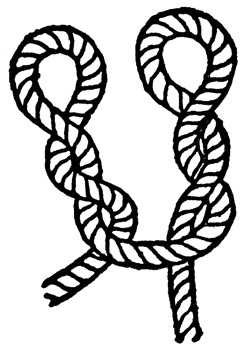How the rules affect the game of D&D and the related Pathfinder, have been a popular topic across various gaming blogs and twitter. Throw a dash of the skill resolution system in with these discussions as well and we have quite the melting pot for discussion!
A good amount of this discussion has been sparked by the weekly Legends and Lore column at the Wizards of the Coast site, first by Mike Mearls and more recently by Monte Cook. These columns have been talking about various areas of the rules and their effect on the game. Skills frequently are used as an example in these discussions – from climb checks to perception checks.
Rules
The most recent Legends and Lore column talked about how the rules can encourage or discourage good game play. Monte goes as far to say that the rules are actually a form of saying “no” to a DM due to the possible restriction they put on the DM.
I have seen several people shocked by that, but I agree with Monte Cook. That is not to say that the rules are a bad thing, they are certainly needed to provide some form of base expectations when you gather around the table. The realization that rules also restrict by defining this framework is an important one though. When you make a rule during game design you need to also consider the fact you are limiting what the DM can do in that particular situation by the very nature of defining it. I believe good game design needs to keep this in mind.
For me once the initial ground work rules have been established for a game – combat, skill resolution, abilities, character generation, saving throws or defenses, etc. the rest of the rules should work in more of a guideline fashion. By writing them in the style of a guideline they simply build upon a core mechanic and serve to aide the DM from there on how to set difficulties and such as opposed to defining specific difficulties. Guidelines are more about being an example instead of a definition.
This is best demonstrated by skill resolution systems.
Skills
The difference between rules and guidelines always seems most evident to me in how a game handles skill resolution. The example in the Legends and Lore article also fell back to using skills and the rules surrounding them in demonstrating the various ways rules can be written and the impact on the game they have.
 I am most familiar with the 3.x/Pathfinder skill systems, but I believe these thoughts can apply equally as well to the 4e system. With that said, I am one of those that actually like the skill resolution system brought forth with the 3.x version of D&D. I think that is in a large part though because I treat them as guidelines, not as set in stone DCs.
I am most familiar with the 3.x/Pathfinder skill systems, but I believe these thoughts can apply equally as well to the 4e system. With that said, I am one of those that actually like the skill resolution system brought forth with the 3.x version of D&D. I think that is in a large part though because I treat them as guidelines, not as set in stone DCs. I also have no issue adjusting DCs on the fly in relation to other factors. These factors could be environmental or rewards for creative ideas the players come up with to circumvent some obstacle – whether it be figuring out how to climb some north face of a mountain to talking their way past the castle guards. If the party comes up with something particular creative I will reward it. And if a snow storm is hitting that north face when the party reaches it, that task just became much tougher!
I think my willingness to take the DCs and modifiers written in the rule books and use them as guidelines in this manner as opposed to written in stone is a large factor as to why I find the skill resolution systems in 3.x/Pathfinder/4e very flexible and adaptable to many different situations.
I believe people that do not hold this same fondness of the skill systems find themselves more restricted by following the DCs exactly as written in the rule books. Or feeling uncomfortable applying modifiers as appropriate for various skill checks. Using the guidelines in the rule books as black and white rules is more restricting than simply using them as the guidelines they should be to aid the DM.
Finding the line where the rules of a game establish the framework for the game without undo restriction on the DM is a difficult line to find. I believe it is an important line for game designers to keep in mind for each rule they write.
If one subscribes to the rules can be restrictive line of thought, then great care must be taken in the wording of rules to be sure they are seen as guidelines and not rigid, unmoving statements. Even with the rules as written today we see various interpretations – from my interpretation of the skill system as guidelines to another’s interpretation of the skill section being much more rigid. Conveying to players of the game that the rules are there as an aid, not a restriction is an important consideration for game designers.


